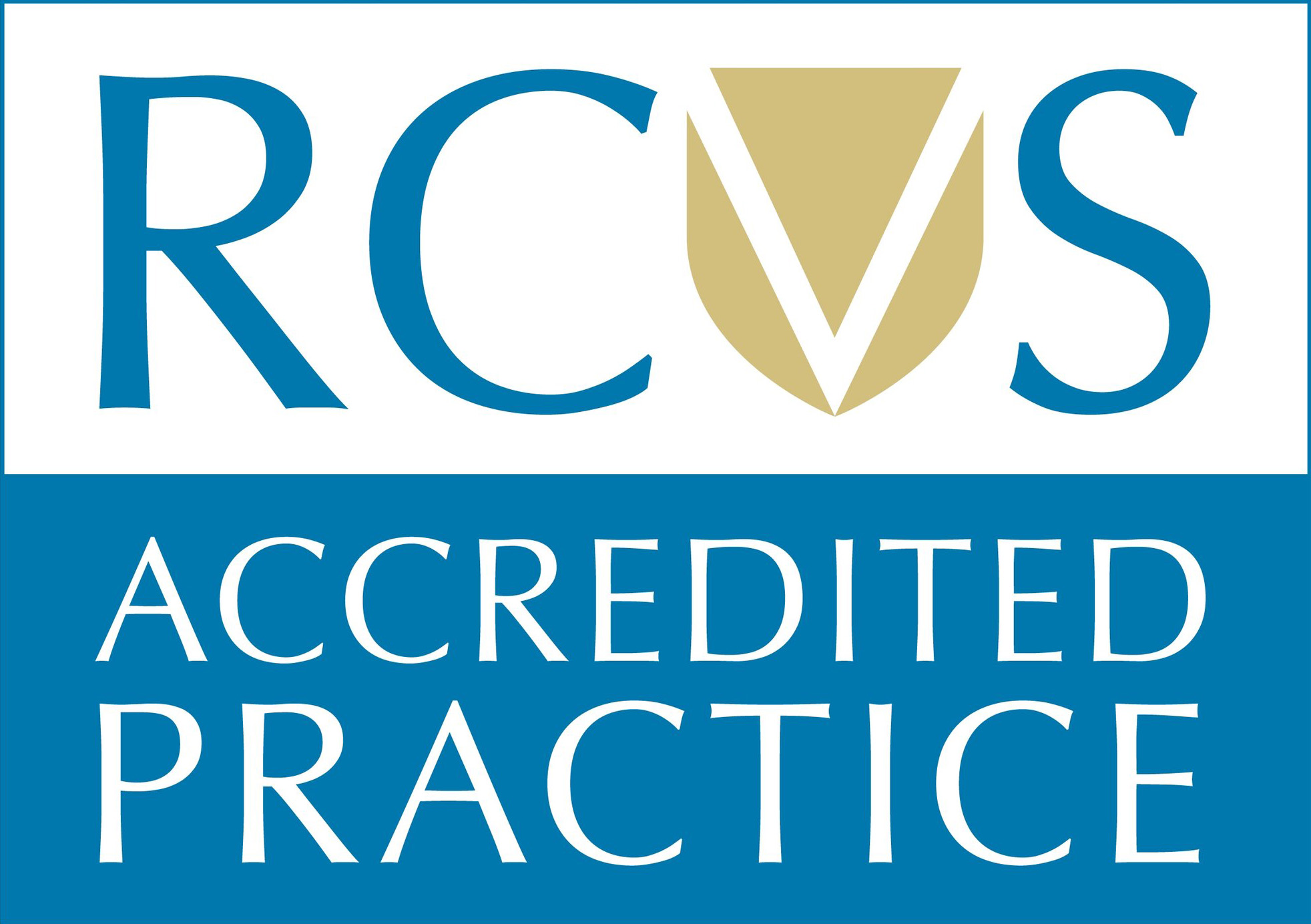CCTV Policy
Introduction
Pawsome Vets uses closed circuit television (CCTV) images to provide a safe and secure environment for crime prevention and detection, and for employee and visitor safety.
Purposes of CCTV
The purposes of the clinic installing and using CCTV is primarily for crime & safety by:
- Monitoring the security of the business premises
- Ensuring the safety of clients, visitors, and staff (deterring and identifying abuse)
- Additionally, to assist with the identification of unauthorised actions or unsafe working practices that might result in disciplinary proceedings being instituted against employees and to assist in providing relevant evidence.
Location of cameras
Cameras are located at strategic points in reception and in our consult rooms. The practice has positioned the cameras so that they only cover communal or public areas on the business premises, and they have been sited so that they provide clear images.
All cameras are clearly visible.
Appropriate signs are prominently displayed so that employees, clients, and other visitors are aware they are entering an area covered by CCTV.
Recording and retention of images
Images produced by the CCTV equipment are intended to be as clear as possible so that they are effective for the purposes set out above. Maintenance checks of the equipment are undertaken on a regular basis to ensure it is working properly and that the media is producing high quality images.
Images are recorded in constant real-time (24 hours a day throughout the year).
As the recording system records digital images, any CCTV images that are held on the hard drive of a PC or server are deleted and overwritten on a recycling basis and, in any event, are not held for more than 26 days. Once a hard drive has reached the end of its use, it will be erased prior to disposal.
Images that are stored on, or transferred on to, removable media such as USBs are erased or destroyed once the purpose of the recording is no longer relevant. In normal circumstances, this will be a period of six weeks. However, where a law enforcement agency is investigating a crime, images may need to be retained for a longer period.
Access to and disclosure of images
Access to, and disclosure of footage recorded on CCTV is restricted. This ensures that the rights of individuals are retained. Images can only be disclosed in accordance with the purposes for which they were originally collected.
The footage that is filmed is recorded centrally and held in a secure location. Access to recorded images is restricted to the operators of the CCTV system and to those line managers who are authorised to view them in accordance with the purposes of the system. Viewing of recorded images will take place in a restricted area to which other employees will not have access when viewing is occurring.
Disclosure of images to other third parties will only be made in accordance with the purposes for which the system is used and will be limited to:
- The police and other law enforcement agencies, where the images recorded could assist in the prevention or detection of a crime or the identification and prosecution of an offender or the identification of a victim or witness.
- Prosecution agencies, such as the Crown Prosecution Service.
- Relevant legal representatives.
- Line managers involved with Company disciplinary and performance management processes.
The Clinical Director of the clinic (or another Director acting in their absence) is the only person who is permitted to authorise disclosure of images to external third parties such as law enforcement agencies.
All requests for disclosure and access to images will be documented, including the date of the disclosure, to whom the images have been provided and the reasons why they are required. If disclosure is denied, the reason will be recorded.
Individuals’ access rights
You have the right on request to receive a copy of the personal data that the practice holds about you, including CCTV images if you are recognisable from the image.
If you wish to access any CCTV images relating to you, you must make a written request to the practice. Your request must include the date and approximate time when the images were recorded and the location of the CCTV camera, so that the images can be easily located, and your identity can be established as the person in the images. We will respond promptly and in any case within 30 calendar days of receiving the request.
We will first determine whether disclosure of your images will reveal third party information as you have no right to access CCTV images relating to other people. In this case, the images of third parties may need to be obscured if it would otherwise involve an unfair intrusion into their privacy. If we are unable to comply with your request because access could prejudice the prevention or detection of crime or the apprehension or prosecution of offenders, you will be advised accordingly.
Staff training
We will ensure that all employees handling CCTV images or recordings are trained in the operation and administration of the CCTV system and on the impact of the Data Protection Act 1998 with regard to that system.
Implementation
The Clinical Director is responsible for the implementation of and compliance with this policy and the operation of the CCTV system and they will conduct a regular review of our use of CCTV. Any complaints or enquiries about the operation of our CCTV system should be emailed to the practice.
Contact
If you have any questions, comments and requests regarding this policy please contact us via email: info@pawsomevets.co.uk




